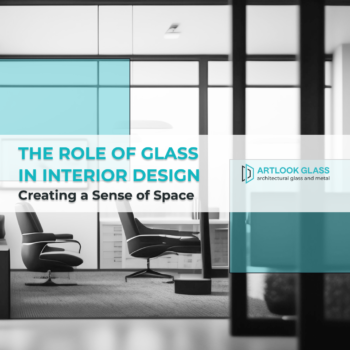In recent years, the field of glazing solutions has witnessed significant advancements with the introduction of smart glasses and automatic systems. These innovations have revolutionized the way we interact with our built environment and have opened up new possibilities in terms of functionality, efficiency, and aesthetics.
Smart glasses, also known as dynamic or switchable glasses, are a remarkable development in the glazing industry. These glasses have the ability to alter their transparency in response to external stimuli such as light, heat, or electric current. This adaptability allows for the control of privacy, solar heat gain, glare reduction, and energy efficiency. Smart glasses are finding applications in various sectors, including residential, commercial, and automotive. They offer users the flexibility to adjust the transparency of windows or partitions, providing privacy on demand and eliminating the need for traditional blinds or curtains. Moreover, smart glasses can dynamically respond to changing environmental conditions, reducing energy consumption by minimizing the need for heating, cooling, or artificial lighting.
Automatic systems complement the functionality of smart glasses by enabling seamless control and operation. These systems are integrated with sensors and control mechanisms that automate the opening, closing, or adjustment of glazing elements. For instance, automated windows can respond to temperature changes, air quality, or occupancy, optimizing ventilation and ensuring occupants’ comfort. Additionally, automatic shading systems can adjust blinds or shades based on sunlight intensity, preventing glare and maintaining optimal lighting conditions indoors. Such systems not only enhance user comfort but also contribute to energy efficiency by minimizing the reliance on mechanical HVAC systems and artificial lighting.
The benefits of these innovative glazing solutions extend beyond functional aspects. The aesthetic appeal of smart glasses adds a modern and sophisticated touch to buildings and vehicles. The seamless transition from transparent to opaque creates a sleek and visually appealing design element. Architects and designers are increasingly incorporating smart glasses into their projects to achieve a harmonious blend of aesthetics and functionality. Furthermore, these solutions offer opportunities for customization, allowing users to create unique and personalized spaces.
As with any emerging technology, there are challenges associated with the widespread adoption of smart glasses and automatic systems. Cost considerations, technological complexity, and the need for specialized installation and maintenance are factors that need to be addressed. However, as the technology matures and becomes more accessible, these barriers are expected to diminish, leading to wider adoption and integration in various applications.
In conclusion, innovative glazing solutions, such as smart glasses and automatic systems, have transformed the way we interact with our surroundings. These advancements offer enhanced functionality, energy efficiency, and aesthetic appeal. As the technology continues to evolve, we can expect to see further improvements and applications in the field of glazing, ultimately redefining our built environment and enhancing our overall experience.
Post Views: 403













